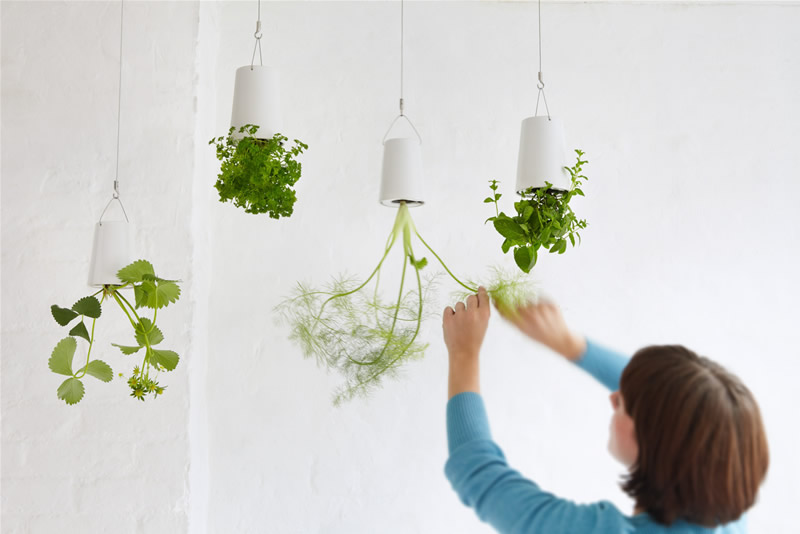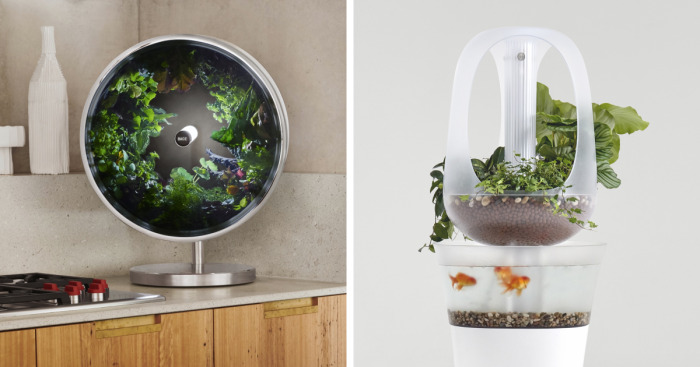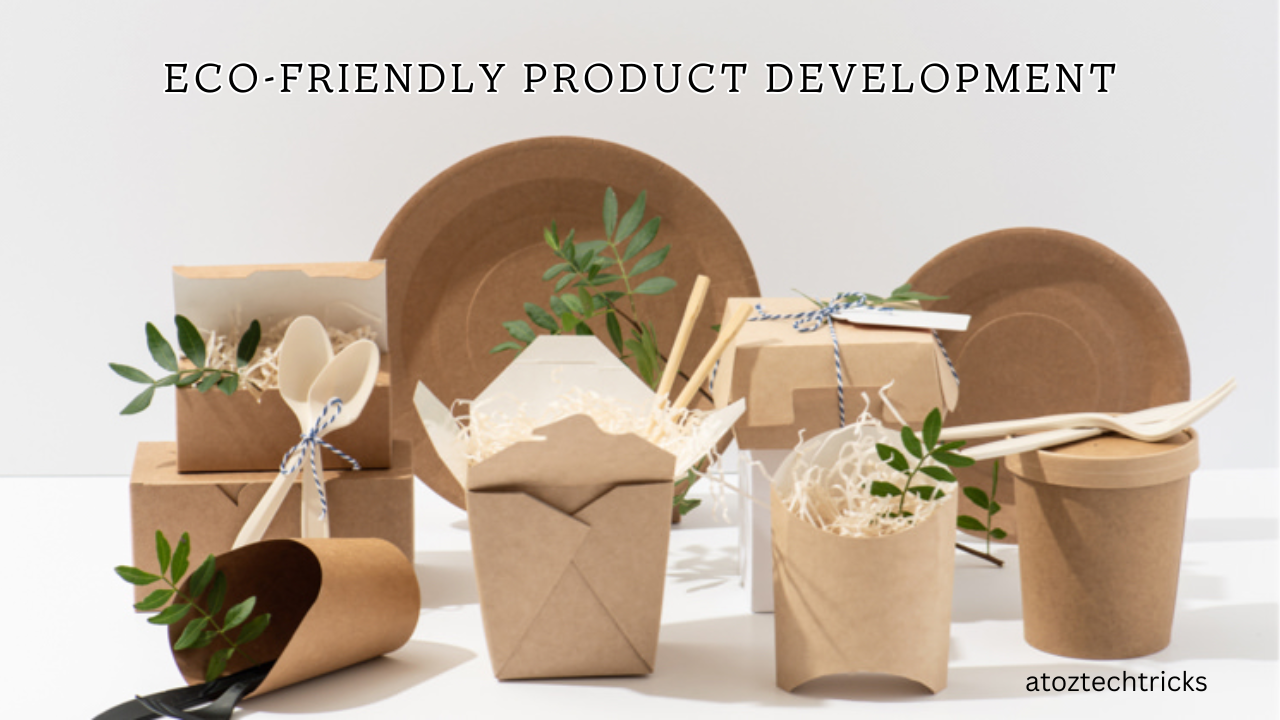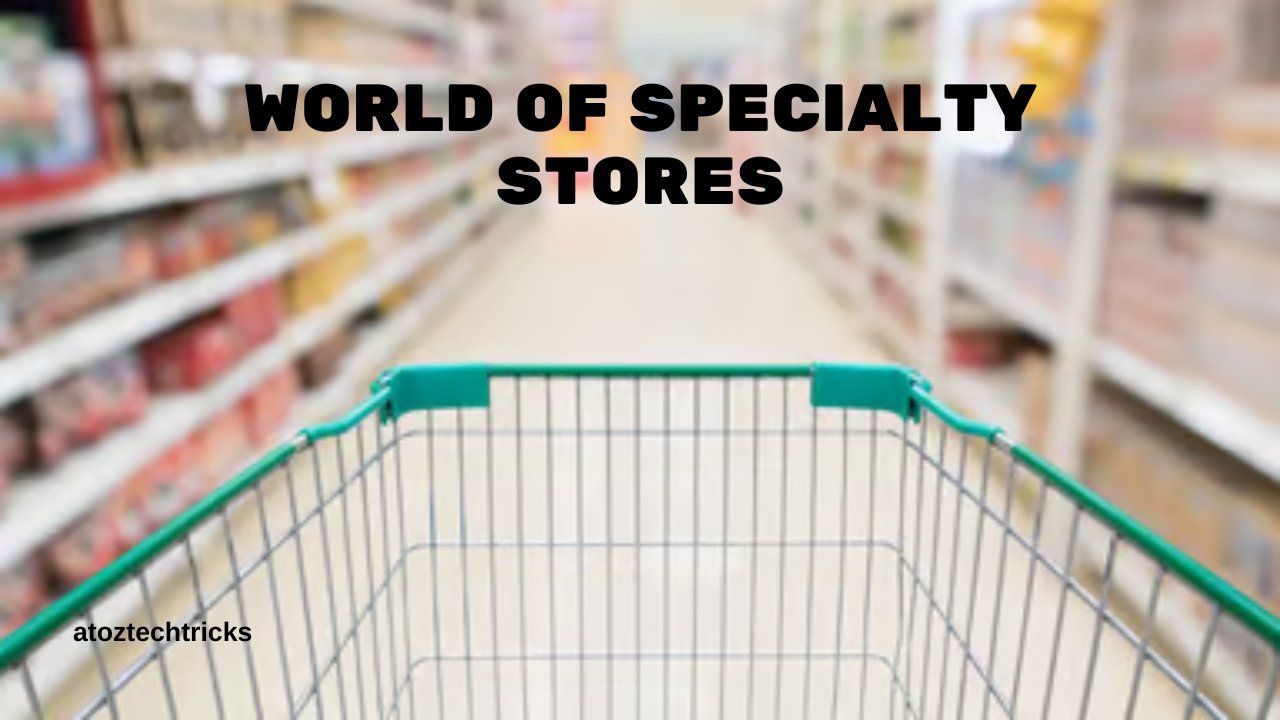Eco-Friendly Product Development: A Sustainable Path to Innovation
In the 21st century, environmental sustainability has become a critical concern for businesses and consumers alike. The demand for eco-friendly products is growing rapidly as awareness of the environmental impact of traditional manufacturing practices increases. Eco-friendly product development, often referred to as green product development, is not just a trend but a necessity for businesses aiming to thrive in a future that prioritizes sustainability. This comprehensive guide explores the importance of eco-friendly product development, the challenges faced by businesses, the benefits it offers, and practical steps to create products that are both innovative and environmentally responsible.
Understanding Eco-Friendly Product Development
Eco-friendly product development is the process of designing and manufacturing products that have minimal negative impact on the environment throughout their lifecycle. This includes everything from the extraction of raw materials to production, distribution, usage, and eventual disposal. The goal is to create sustainable products, reduce waste, conserve natural resources, and minimize carbon footprints.

Key Principles of Eco-Friendly Product Development
- Sustainability: Sustainability is at the core of eco-friendly product development. It involves creating products that meet the needs of the present without compromising the ability of future generations to meet their own needs. This principle encourages businesses to use renewable resources, minimize waste, and design products with a long lifespan.
- Life Cycle Thinking: Life cycle thinking considers the environmental impact of a product from cradle to grave. This means evaluating the entire lifecycle of a product, including raw material extraction, production, transportation, usage, and disposal. By adopting life cycle thinking, businesses can identify areas where they can reduce environmental impact.
- Resource Efficiency: Eco-friendly product development emphasizes the efficient use of resources. This involves optimizing the use of raw materials, energy, and water during production and minimizing waste. Resource efficiency not only reduces environmental impact but also lowers production costs.
- Renewable Materials: The use of renewable materials is a key component of eco-friendly product development. Renewable materials are those that can be replenished naturally over time, such as bamboo, organic cotton, and bioplastics. By using renewable materials, businesses can reduce their reliance on finite resources and decrease their environmental footprint.
- Energy Efficiency: Energy efficiency involves designing products that consume less energy during production and usage. This can be achieved through the use of energy-efficient technologies, sustainable manufacturing processes, and the development of products that require less energy to operate.
- Waste Reduction: Reducing waste is a fundamental aspect of eco-friendly product development. This can be accomplished by designing products that generate minimal waste during production, encouraging recycling, and creating products that can be easily disassembled and reused.
Sustainability-Focused Business Ideas: Innovating for a Greener Future
The Importance of Eco-Friendly Product Development
Eco-friendly product development is not just about protecting the environment; it also offers numerous benefits to businesses and consumers.
1. Meeting Consumer Demand
Today’s consumers are increasingly conscious of the environmental impact of their purchases. They prefer products that are sustainable, ethically produced, and environmentally friendly. Businesses that prioritize eco-friendly product development can tap into this growing market demand and build stronger relationships with environmentally conscious consumers.
2. Regulatory Compliance
Governments around the world are implementing stricter environmental regulations to reduce pollution, conserve resources, and combat climate change. Companies that invest in eco-friendly product development are better positioned to comply with these regulations and avoid potential fines, penalties, and reputational damage.
3. Cost Savings
Eco-friendly product development can lead to significant cost savings for businesses. By optimizing resource use, reducing waste, and improving energy efficiency, companies can lower their production costs. Additionally, sustainable practices can result in long-term savings by reducing the need for raw materials and energy.
4. Brand Reputation and Loyalty
Businesses that commit to eco-friendly product development can enhance their brand reputation and build customer loyalty. Consumers are more likely to support brands that align with their values and demonstrate a commitment to sustainability. A strong reputation for environmental responsibility can also attract new customers and create a competitive advantage.
5. Innovation and Market Differentiation
Eco-friendly product development encourages innovation by challenging businesses to find new ways to create sustainable products. This innovation can lead to the development of unique products that differentiate a brand from its competitors. Companies that lead in sustainability often set trends in their industries and gain recognition as pioneers of environmentally responsible practices.

Challenges in Eco-Friendly Product Development
While the benefits of eco-friendly product development are clear, the process is not without challenges. Businesses must navigate various obstacles to successfully develop and market sustainable products.
1. High Initial Costs
One of the primary challenges of eco-friendly product development is the high initial costs associated with sustainable materials, technologies, and production processes. While these costs can be offset by long-term savings, they may pose a barrier for small and medium-sized enterprises (SMEs) with limited budgets.
2. Supply Chain Complexity
Developing eco-friendly products often requires sourcing sustainable materials and working with suppliers who share a commitment to environmental responsibility. This can complicate supply chain management and increase the risk of disruptions. Ensuring transparency and traceability in the supply chain is essential to maintaining the integrity of eco-friendly products.
3. Consumer Education
Although consumer demand for eco-friendly products is growing, there is still a need for education on the benefits of sustainable products and the environmental impact of traditional alternatives. Businesses must invest in marketing and communication strategies that effectively convey the value of eco-friendly products to consumers.
4. Balancing Sustainability with Performance
In some cases, businesses may face challenges in balancing sustainability with product performance. For example, eco-friendly materials may not always match the durability or functionality of traditional materials. Companies must innovate to develop products that are both sustainable and meet or exceed consumer expectations.
5. Regulatory and Certification Requirements
Navigating the complex landscape of environmental regulations and certifications can be challenging for businesses engaged in eco-friendly product development. Compliance with these requirements is crucial to avoid legal issues and build consumer trust, but it can also add to the complexity and cost of product development.

Steps to Eco-Friendly Product Development
Despite the challenges, businesses can successfully develop eco-friendly products by following a structured approach. The following steps outline the process of creating products that are both innovative and environmentally responsible.
1. Conduct a Life Cycle Assessment (LCA)
A Life Cycle Assessment (LCA) is a crucial first step in eco-friendly product development. LCA involves evaluating the environmental impact of a product throughout its entire lifecycle, from raw material extraction to disposal. This assessment helps businesses identify areas where they can reduce environmental impact and prioritize sustainability efforts.
2. Design for Sustainability
Sustainable design is the foundation of eco-friendly product development. This involves considering the environmental impact of a product at the design stage and making decisions that prioritize sustainability. Key elements of sustainable design include:
- Material Selection: Choose renewable, recyclable, and non-toxic materials that have minimal environmental impact.
- Energy Efficiency: Design products that require less energy to produce and use.
- Waste Reduction: Minimize waste by designing products that generate less waste during production and can be easily disassembled, recycled, or reused.
3. Source Sustainable Materials
Sourcing sustainable materials is essential to eco-friendly product development. Businesses should work with suppliers who adhere to sustainable practices and provide materials that meet environmental standards. This may involve sourcing organic, recycled, or biodegradable materials that have a lower environmental impact than traditional alternatives.
4. Optimize Manufacturing Processes
Manufacturing processes play a significant role in the environmental impact of a product. Businesses should optimize these processes to reduce energy consumption, minimize waste, and lower emissions. This can be achieved through the use of energy-efficient technologies, lean manufacturing practices, and waste management strategies.
5. Implement Sustainable Packaging
Packaging is a major contributor to environmental waste, making sustainable packaging a critical aspect of eco-friendly product development. Businesses should use packaging materials that are recyclable, biodegradable, or made from renewable resources. Additionally, reducing the amount of packaging and designing for reusability can further minimize environmental impact.
6. Engage in Responsible Marketing
Marketing eco-friendly products requires a responsible approach that accurately conveys the environmental benefits of the product without misleading consumers. Businesses should avoid greenwashing—making false or exaggerated claims about a product’s environmental benefits—and instead focus on transparent and honest communication. Highlighting certifications, sustainable practices, and the product’s lifecycle impact can build consumer trust and loyalty.
7. Monitor and Improve
Eco-friendly product development is an ongoing process that requires continuous monitoring and improvement. Businesses should regularly evaluate the environmental impact of their products and seek opportunities to enhance sustainability. This may involve adopting new technologies, improving supply chain practices, or redesigning products to further reduce environmental impact.
Food Business Ideas: Exploring Profitable Ventures in the Culinary World
The Future of Eco-Friendly Product Development
The future of eco-friendly product development is bright, driven by advancements in technology, increasing consumer demand, and a growing commitment to sustainability across industries. As businesses continue to innovate and embrace sustainable practices, several trends are likely to shape the future of eco-friendly product development.
1. Circular Economy
The circular economy is an emerging model that aims to eliminate waste and make the most of resources by keeping products and materials in use for as long as possible. In a circular economy, products are designed for durability, reuse, and recyclability, and businesses focus on creating closed-loop systems where materials are continuously cycled back into production. The adoption of circular economy principles will drive innovation in eco-friendly product development and create new opportunities for sustainable business models.
2. Biodegradable and Compostable Materials
The development of biodegradable and compostable materials is a key trend in eco-friendly product development. These materials are designed to break down naturally and return to the environment without leaving harmful residues. As technology advances, businesses will have access to a wider range of biodegradable and compostable materials that can replace traditional plastics and other non-renewable materials.
3. Eco-Friendly Technology
Technology will play a significant role in the future of eco-friendly product development. Innovations such as 3D printing, artificial intelligence, and blockchain can enhance the sustainability of product development processes. For example, 3D printing can reduce waste by allowing for precise manufacturing, while blockchain can improve supply chain transparency and traceability.
4. Sustainable Consumer Behavior
As awareness of environmental issues grows, consumers are becoming more conscious of their purchasing decisions and seeking out products that align with their values. Businesses that prioritize eco-friendly product development will be well-positioned to meet this demand and attract environmentally conscious consumers. Additionally, the rise of sustainable consumer behaviour may drive the development of new products and services that cater to this growing market segment.
5. Collaboration and Partnerships
Collaboration and partnerships between businesses, governments, and non-profit organizations will be essential to advancing eco-friendly product development. By working together, stakeholders can share knowledge, resources, and best practices to create a more sustainable future. Collaborative efforts can also lead to the development of industry standards and certifications that promote eco-friendly products and build consumer trust.
Eco-friendly product development is more than just a business strategy; it is a commitment to creating a sustainable future. As the world grapples with environmental challenges such as climate change, resource depletion, and pollution, businesses have a responsibility to lead the way in developing products that minimize environmental impact and promote sustainability. By embracing the principles of eco-friendly product development—sustainability, life cycle thinking, resource efficiency, and innovation—businesses can create products that not only meet the needs of consumers but also contribute to a healthier planet.
Ultimate Guide to Starting and Running a Successful Food Truck or Cart Business
The path to eco-friendly product development is not without challenges, but the rewards are significant. From meeting consumer demand and regulatory compliance to cost savings, brand reputation, and market differentiation, the benefits of sustainable product development are clear. As technology continues to advance and consumer awareness grows, the future of eco-friendly product development holds immense potential for innovation and positive change.
Ultimately, the shift towards eco-friendly product development represents a fundamental transformation in the way businesses operate. It is a shift that requires creativity, collaboration, and a deep commitment to sustainability. By prioritizing eco-friendly product development, businesses can play a vital role in shaping a more sustainable future and ensuring that the products of today contribute to the well-being of future generations.




Post Comment